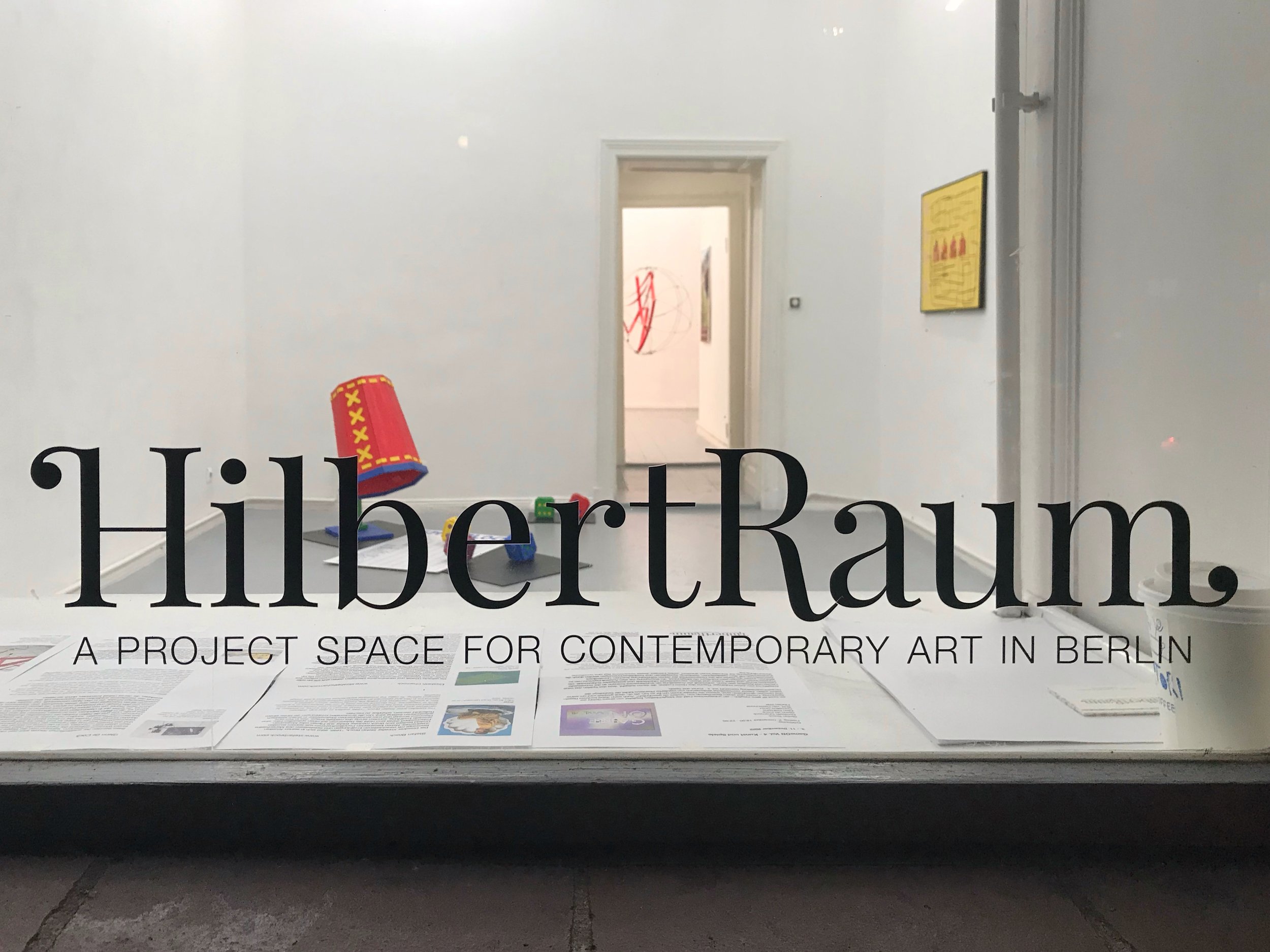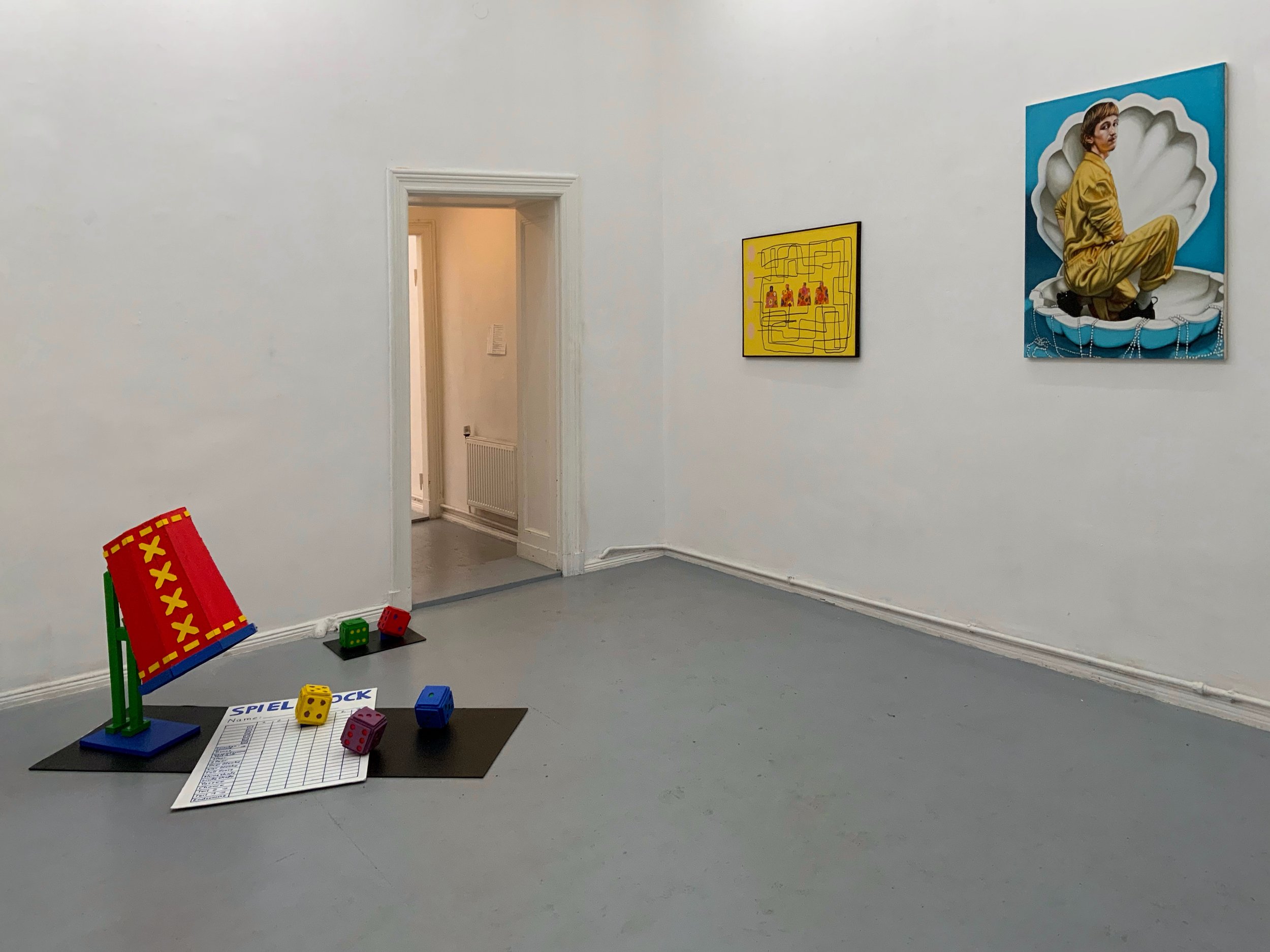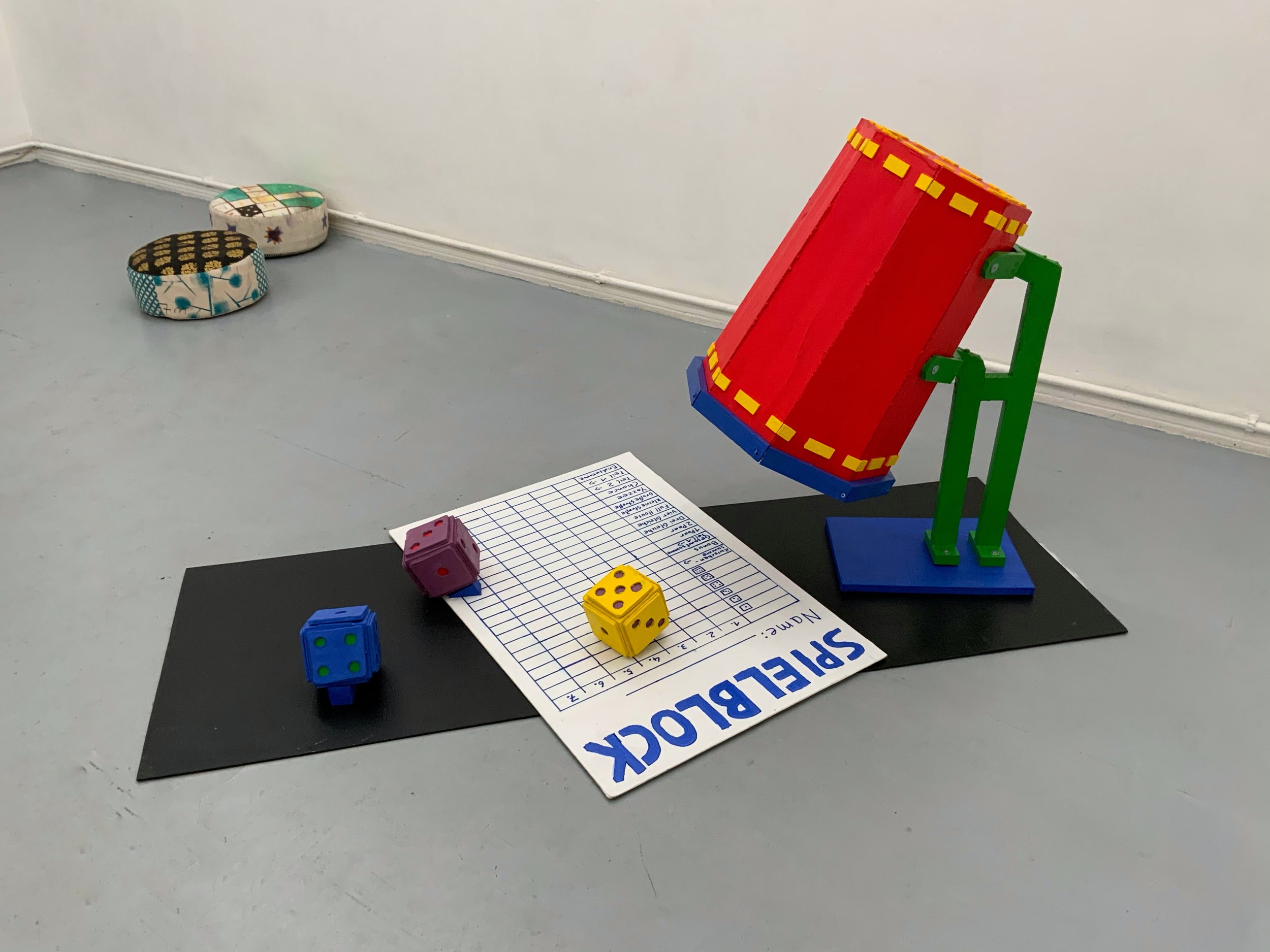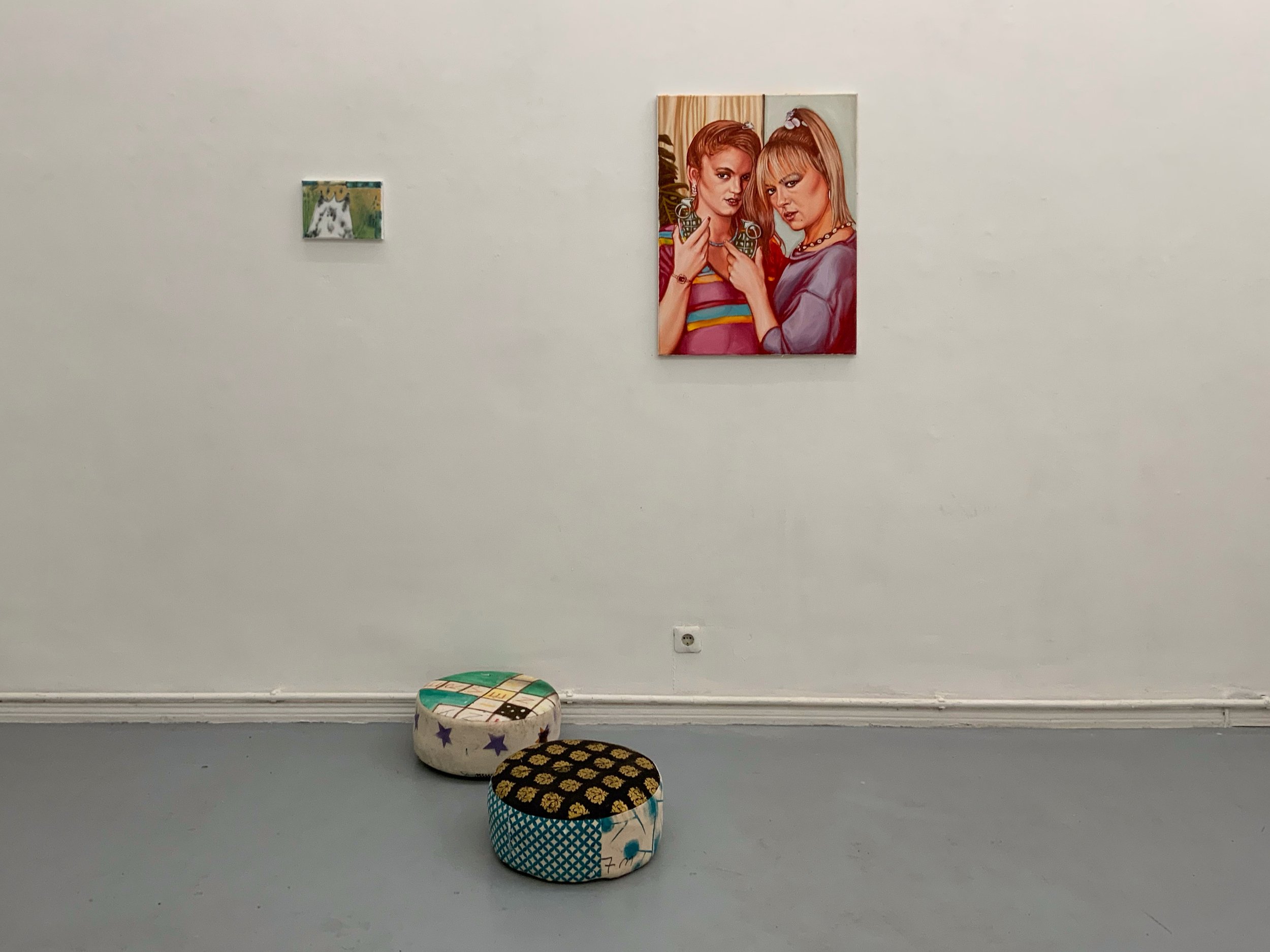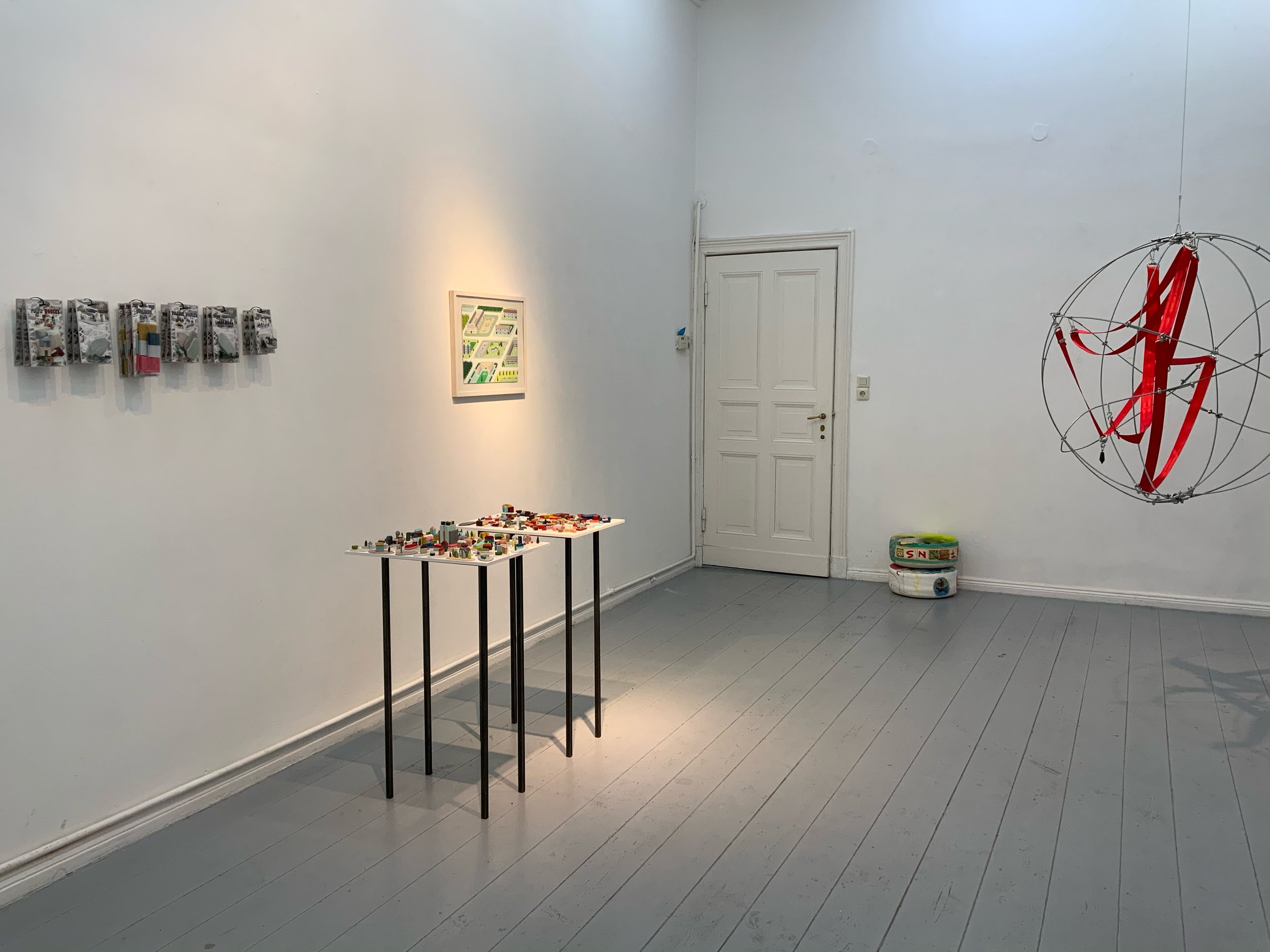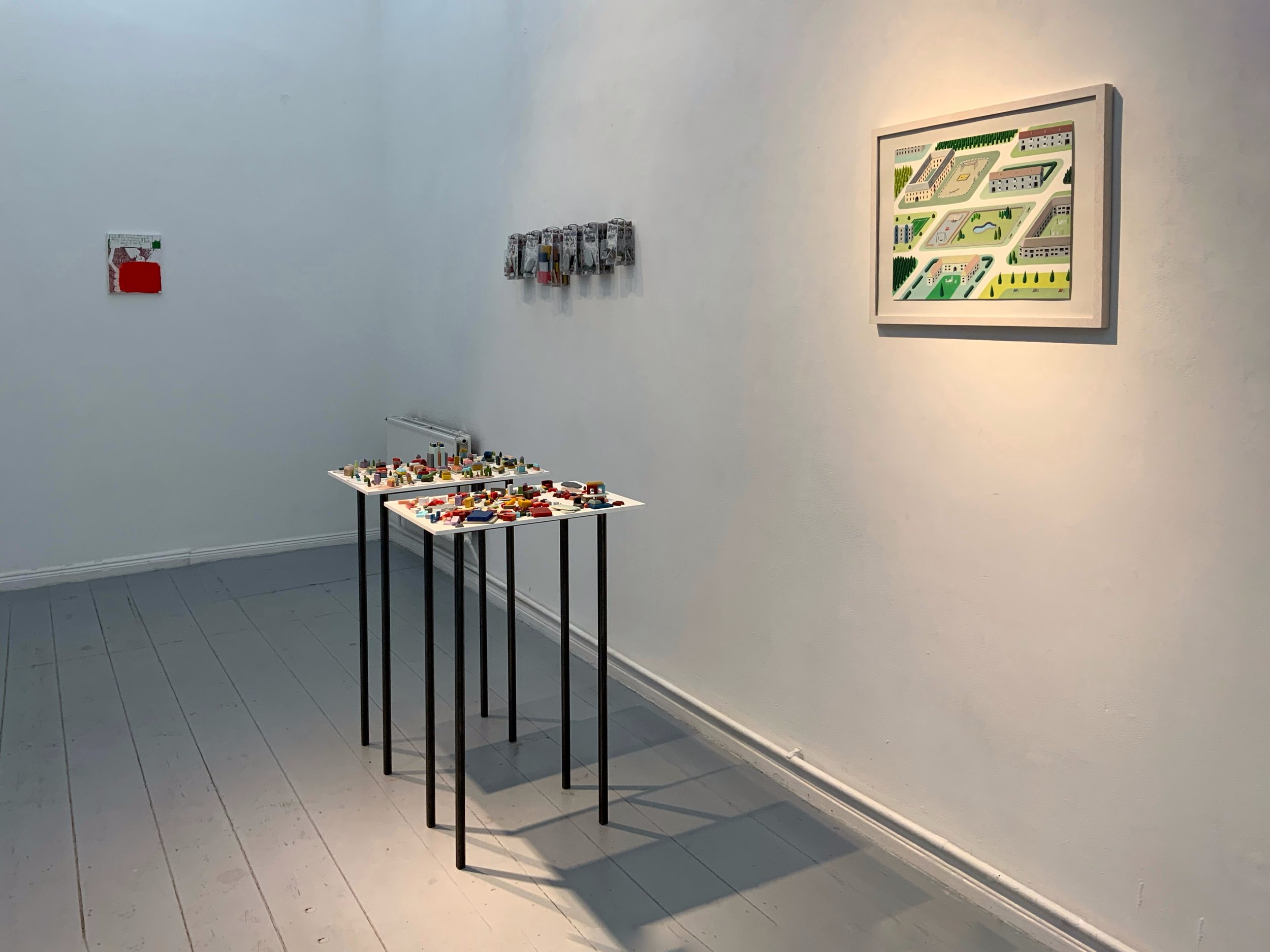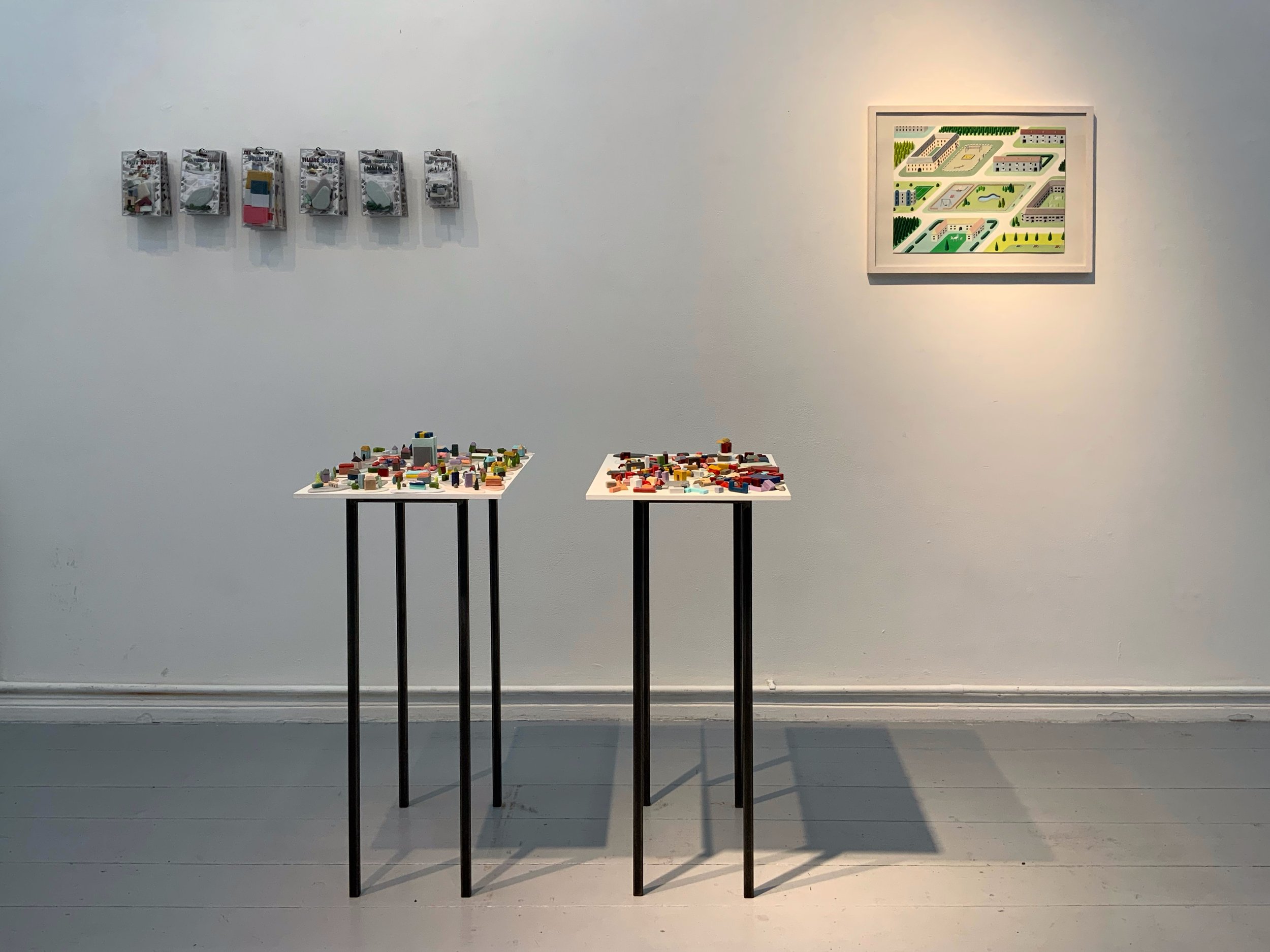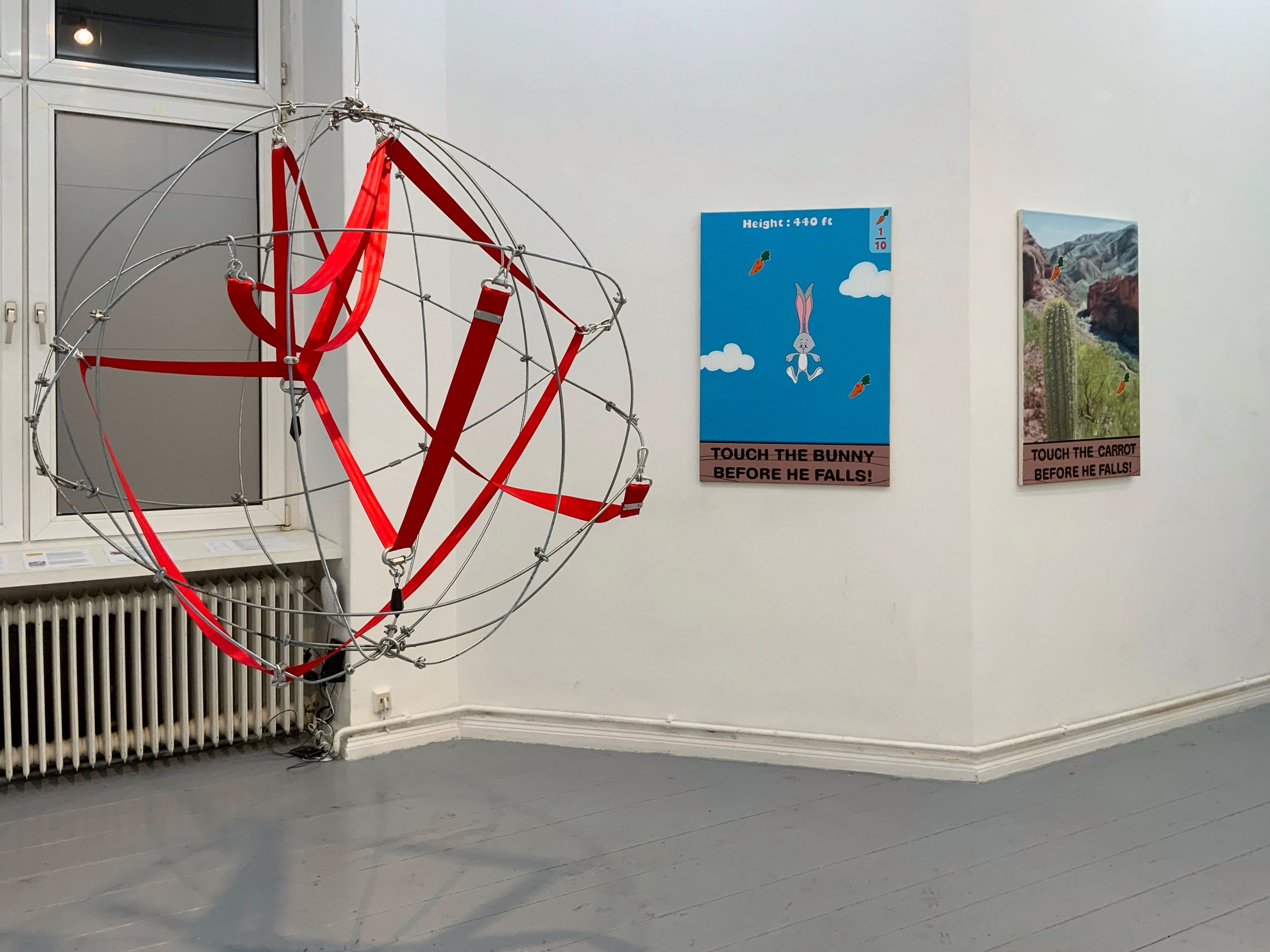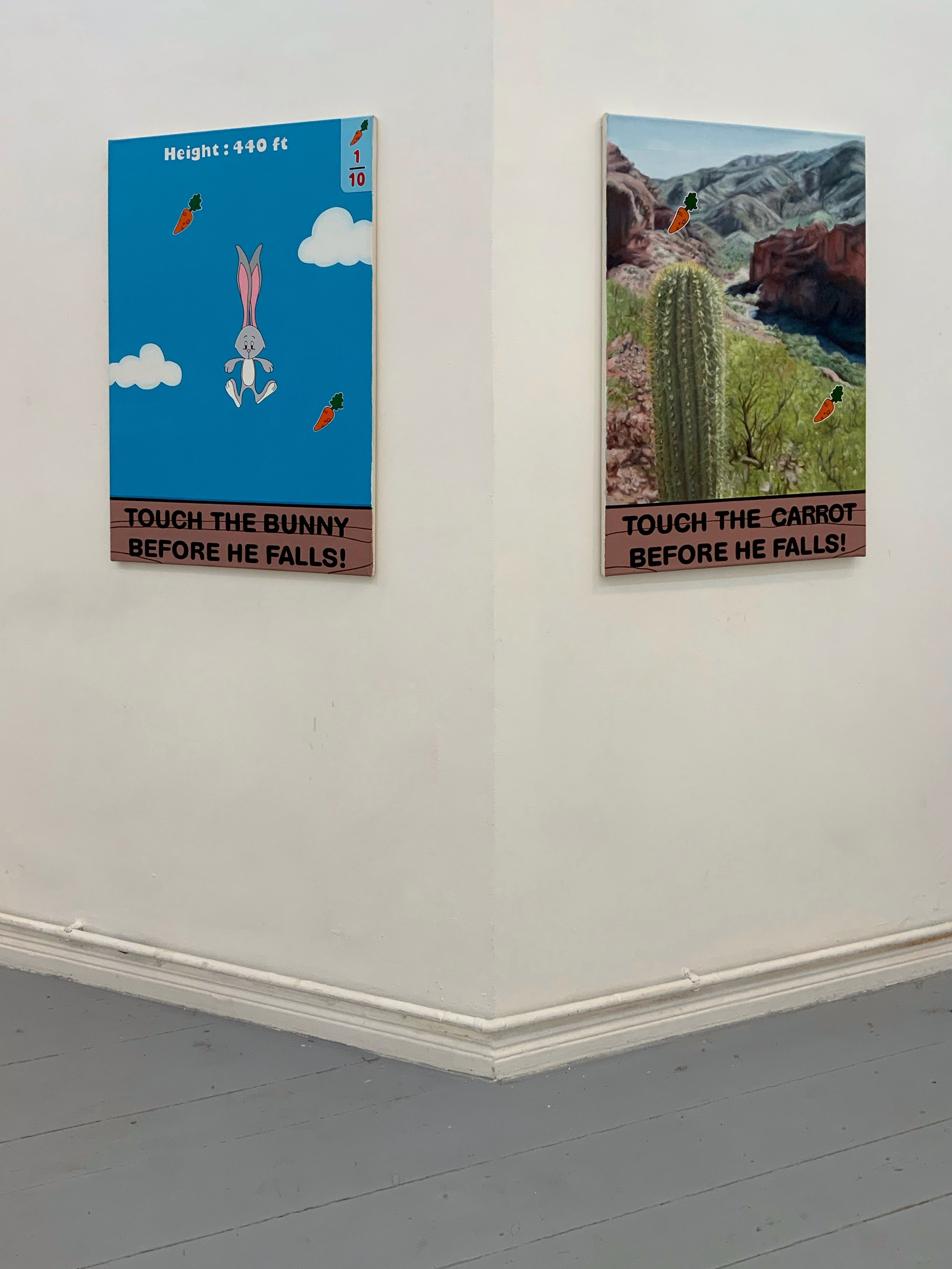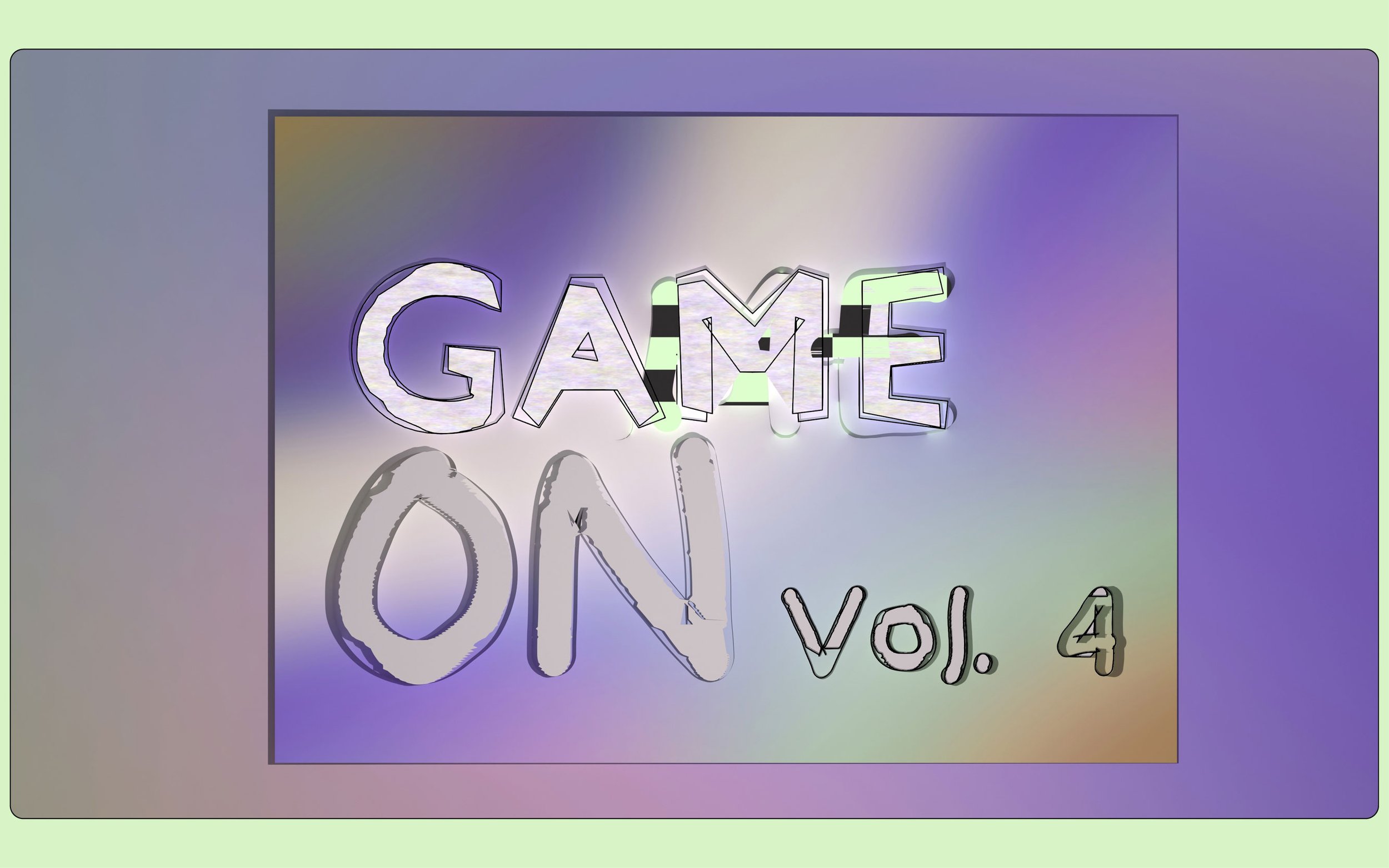GameON Vol. 4 - Kunst und Spiele
Stefan Brock
Elizabeth Charnock
Glenn de Cock
Ellen DeElaine
Cornelius Grau
Maria Kobylenko & Raiko Sánchez
W.N. van Ravenhorst
Florian Witt
OPENING: FRIDAY, 2 DECEMBER, 6 - 10 PM
DURATION: 3.12. - 11.12.2022
FINISSAGE: SUNDAY, 11 DECEMBER, 2 - 7 PM
CONCEPT: Stefan Brock, Cornelius Grau, Raiko Sánchez
INVITED BY Ellen DeElaine
Im Spiel ist alles möglich – ein unbegrenztes Feld der Möglichkeiten, begleitet von einem Gefühl der Spannung, Freude und einem Bewusstsein von “anders als gewöhnlich“. Auch wenn dabei konkrete Regeln und Grenzen einzuhalten sind, wissen die Spieler*innen um ihr so tun, als ob, denn gespielt wird um seiner selbst willen. Dieser vermeintliche Widerspruch von regulierter Phantasie bildet die Grundlage der Gruppenausstellung GAME ON Vol. 4 - Kunst und Spiele.
Ausgehend von Johan Huizingas Theorie des Homo Ludens, die davon ausgeht, dass das Spielen das neue Lernen und Arbeiten sein kann, entwickelt die Ausstellung ein wundersames Szenario an der Schnittstelle zwischen Kunst und Spiel, Labor und Vision, vermeintlicher Objektivität und gesteigerter Subjektivität. Die Künstler*innen eröffnen dem Publikum die Möglichkeit, die Begegnung mit dem Ausstellungsraum neu zu erfahren, indem die Werke mit der Distanziertheit der reinen Seherfahrung brechen. Unmittelbare Assoziationen mit dem Spielerischen, Spielzeug, Spielplätzen und Kindheitserinnerungen werden durch die Kontextualisierung der Künstler*innen erweitert. Jedes Element dieses Spielplatzes legt eine spezifische Verwandlung frei.
____________________
In play, everything is possible - an unlimited field of possibilities, accompanied by a feeling of excitement, joy and an awareness of "different than usual". Even if concrete rules and limits have to be observed, the players know that they are pretending, because the game is played for its own sake. This supposed contradiction of regulated fantasy forms the basis of the group exhibition GAME ON Vol. 4 - Art and Games.
Based on Johan Huizinga's theory of Homo Ludens, which assumes that playing can be the new learning and working, the exhibition develops a wondrous scenario at the interface between art and play, laboratory and vision, supposed objectivity and heightened subjectivity. The artists open up the possibility for the audience to experience the encounter with the exhibition space in a new way, as the works break with the detachment of pure visual experience. Immediate associations with the playful, toys, playgrounds and childhood memories are expanded through the artists' contextualisation. Each element of this playground exposes a specific transformation.
(Text: Lucie Klysch)
